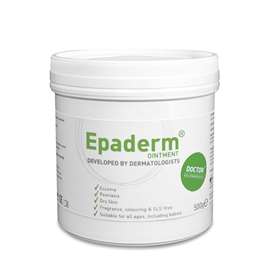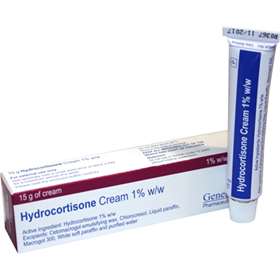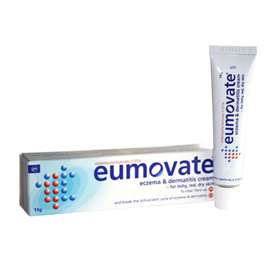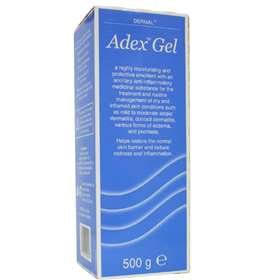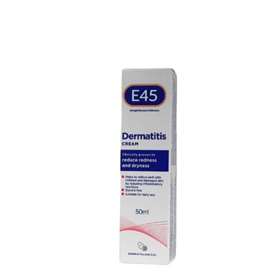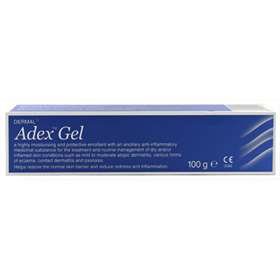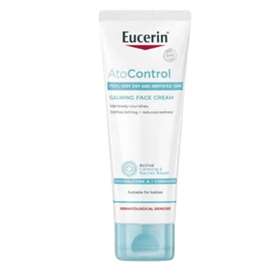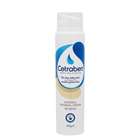If you are unsure which atopic dermatitis treatment will be right for you, take a look at our list of popular products below.
What is atopic dermatitis?
Atopic dermatitis is an itchy, inflamed skin condition that is often chronic (long-lasting) and prone to relapses. It commonly affects area of the body where the skin creases or folds, such as neck, face, chest, fronts of elbows or backs of knees.
Atopic dermatitis is often linked to other atopic conditions, such as
hay fever (allergic rhinitis),
asthma and
allergic conjunctivitis. Atopic syndrome (atopy) is a disease characterised by allergic hypersensitivity. It is often hereditary and commonly runs in families. Sufferers of atopic dermatitis will almost certainly react easily to allergens and, when doing so, will also display symptoms of the other conditions mentioned.
Atopic dermatitis is a chronic condition, which means that it persists for a long time or is constantly recurring. As mentioned earlier, it is particularly common in children, with around 20% developing the condition, often before the age of 5. Though the condition can continue into adulthood, around 75% of cases will improve by adolescence.
What causes atopic dermatitis?
Atopic dermatitis (atopic eczema) is a hereditary condition that can flare up in reaction to a range of triggers, such as chemical irritants (detergents, soaps), environmental allergens (pollen, dust mites, mould),
stress,
sweating and humidity. While not a cause of atopic dermatitis, some foodstuffs such as nuts, eggs, wheat, milk and soya can cause flare ups of similar atopic symptoms.
If you suffer from atopic dermatitis, showers, hot baths, detergents, solvents and materials such as wool come further aggravate the condition.
What are the symptoms of atopic dermatitis?
Atopic dermatitis can appear anywhere on the body, but it typically affects the face, neck, chest, hands, feet and skin folds. Symptoms of the condition can differ from person to person, but is commonly characterised by red, flaky, itchy skin, that may develop raised bumps liable to crusting and further itching. This can lead to sensitive, cracked or scaly skin that can ooze and succumb to bacterial infection. Itching is perhaps the defining characteristic of atopic dermatitis (atopic eczema). It might feel good to scratch, but this leads to the dreaded 'itch, scratch cycle' that makes things worse.
How to treat atopic dermatitis?
Unfortunately, there is no cure for atopic dermatitis. As with other conditions triggered by external factors, prevention is often the best course of action. Commonly, this involves discovering the particular triggers that affect you and learning how best to avoid them.
Topical treatments can be used to reduce the dryness and irritation caused by atopic dermatitis. These don't cure the condition, but deliver much needed relief and can help break the itch-scratch cycle. Thick moisturisers and
emollients are particularly useful at retaining moisture and protecting the skin.
Petroleum jelly, such as
Vaseline is considered to be a particularly effective moisturiser.
Bathing and showering can aggravate atopic dermatitis, but
bath additives and
shower emollients from our
bath and shower products for eczema and dermatitis range with protect and nourish your skin while allowing you to maintain your daily washing routine.
If itching and inflammation is a problem, you may wish to consider a
hydrocortisone cream from our range of
steroid creams. If you are unsure which product is right for you, you should speak to your doctor or pharmacist.


